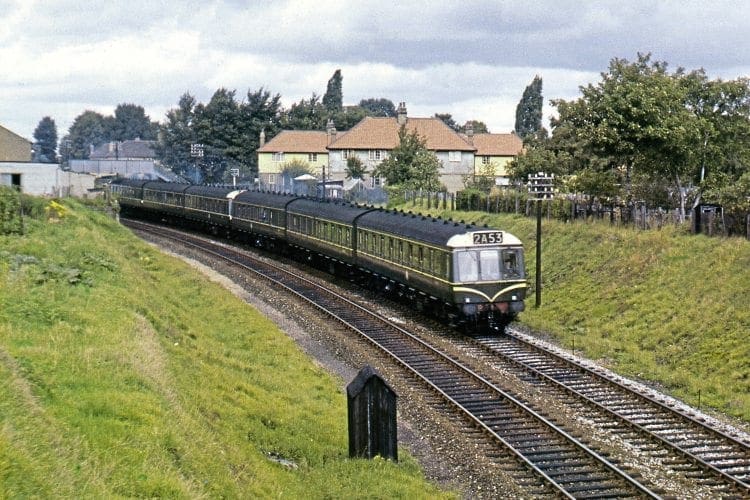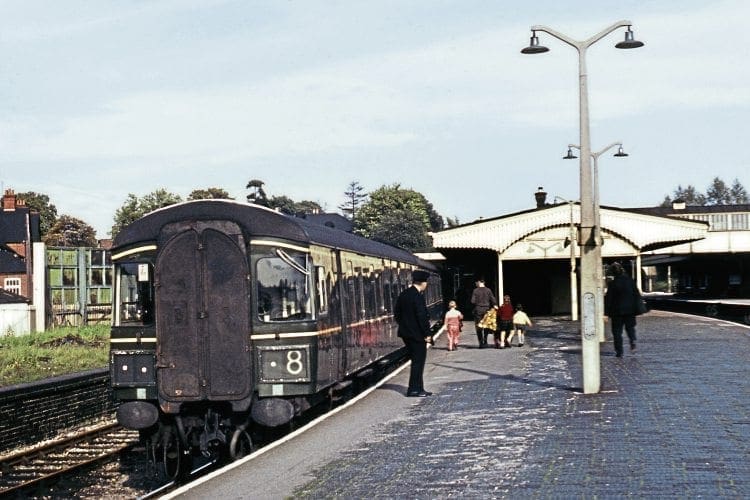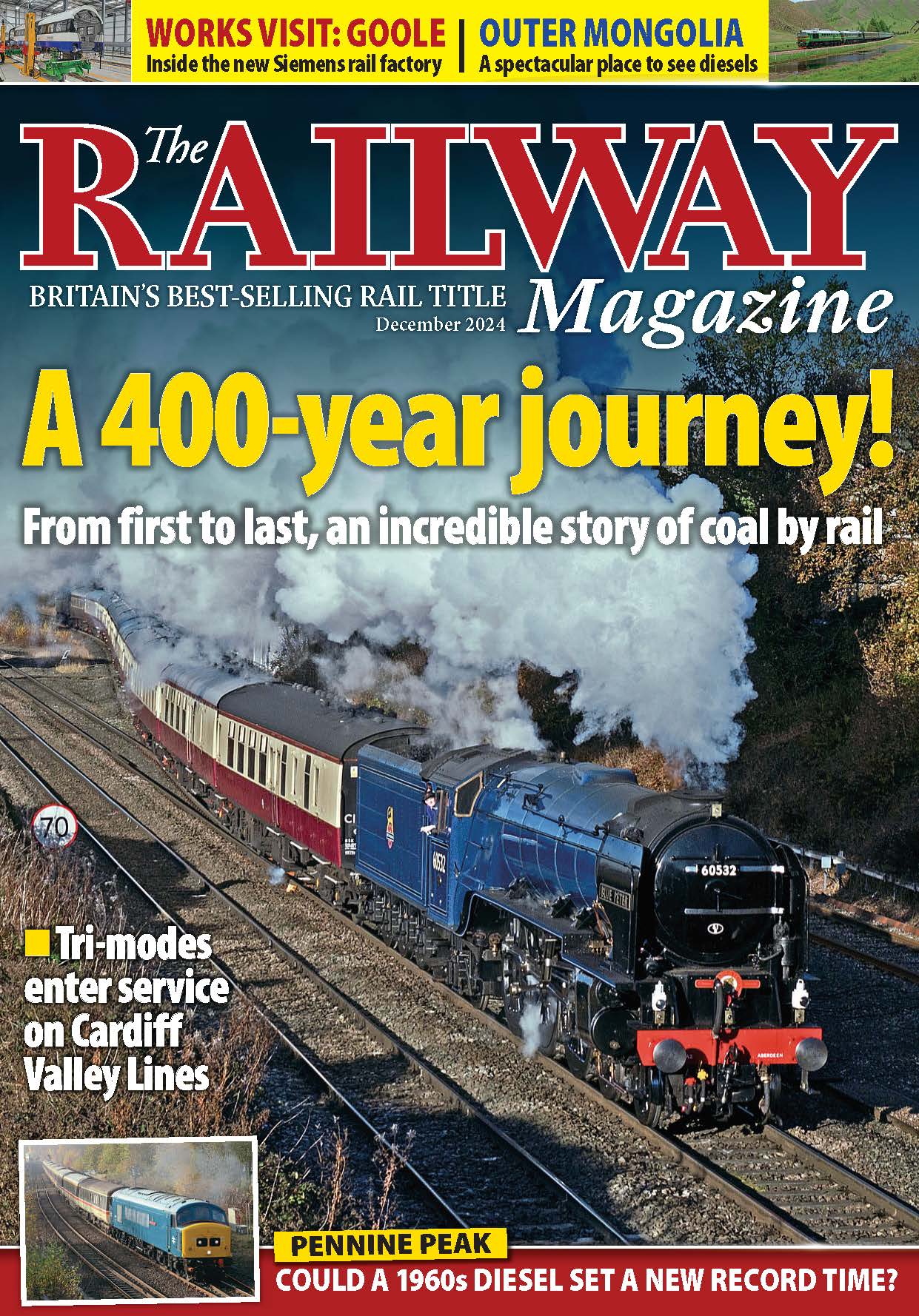In the second of a three-part feature looking at train performance in the Thames Valley through the steam, diesel and electric eras, Keith Farr turns his attention to both diesel locomotives and multiple units.
We were seeing off an aunt going home from Paddington to Swindon in 1959. “There posh!” she commented, referring not to her spick-and-span train comprising a pristine ‘Castle’ and BR Mk1 stock but to a brand-new DMU gliding in at the adjacent platform.

In later years, few passengers would have echoed those words. The advent of what became known as Class 117s enabled schedules to be marginally improved but Newbury commuters claimed while in them “we can neither read nor write nor sleep”. When Western Region general manager Gerard Fiennes observed to a complaining lady passenger that out of 13 people in their part of a Newbury line train, eight were reading, two were asleep and one, himself, writing, she went “straight through the roof with one athletic bound” (I Tried to Run a Railway, Ian Allan, 1967).
Monthly Subscription: Enjoy more Railway Magazine reading each month with free delivery to you door, and access to over 100 years in the archive, all for just £5.35 per month.
Click here to subscribe & save
Like many breeds of similar DMUs, each three-coach Class 117 was rated at 600 brake horsepower and limited to 70mph; during acceleration, the driver would change gear at about 15, 27 and 40mph. On plain level track, they would reach 40mph in a little under a mile, 60 in about 2½ and 70 after four to five miles.
Table 1 is of interest because it refers to an all-stations trundle from Paddington to West Drayton before diverging onto the Uxbridge (Vine Street) branch just three months before its closure in September 1962.

Timed by Railway Performance Society (RPS) member Peter Smith, the train would have left from Paddington (Suburban) to follow the electrified Hammersmith and City line to Subway Junction, slowing there to 20mph to cross to the Down relief line.
As explained in part one of this article, the DMU would have had ‘trip-cock’ apparatus to comply with the London Underground safety system over this first half-mile, over which its automatic train control system (ATC) shoe would have been raised out of use.
The BR part of Westbourne Park station, the first stop, was closed in 1992 and subsequently demolished, although the adjacent Hammersmith line has had its service frequency doubled by the addition of ‘Circle’ line trains which have turned their ‘circle’ into an inverted comma.

Although on time from Westbourne Park, Peter Smith’s Uxbridge train suffered two signal stops making it 3½ minutes ‘down’ from Acton; but subsequent brisk running (for the period) gradually won back the minutes. Particularly smart was 3min 27sec start-to-stop over the 1¾ miles from Hanwell to Southall with a maximum speed of 48mph.
By Hayes, they were back on time and, despite slow running on the 2½ mile branch to Uxbridge (Vine Street), arrival there washalf-a-minute early. Including stops, the 15.8 miles from Paddington had taken 44½ minutes against the 45min booked.
As well as stopping and semi-fast workings, suburban DMUs were used on some Oxford ‘fasts’, making only a couple of intermediate stops. Going a stage further, during at least one summer in the 1970s, they occasionally ventured to Fishguard to relieve the regular boat train; would the 261 miles from Paddington be the farthest ever entrusted to a ‘heritage’ DMU?
Read more and view more images in the January 2019 issue of The RM – on sale now!




